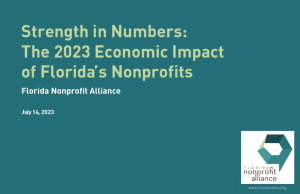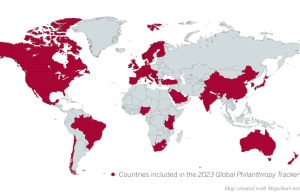Investment policy and governance should serve as guardrails to help organizations through the market volatility of recent months, according to Mary Jane “M.J.” Bobyock, managing director of SEI’s nonprofit advisory team. She is responsible for overseeing strategic development and advisory services for nonprofit and endowment clients within the Outsourced Chief Investment Officer (OCIO) program.
The Oaks, Pa.-headquartered wealth and investment advisory firm to institutional and private investors has more than 180 nonprofit clients with aggregate assets of more than $28 billion.
One of the advantages of a good OCIO partner is being customized about their risk tolerance, she said. “It goes back to those basics. If you’ve worked out this analysis of what a highly volatile, down market might look like, including into asset allocation, long-term assessment, the key is to focus on the horizon,” Bobyock said. “We’re also looking at different financial proposals, stress testing, how a poor market might impact the whole enterprise,” she said, examining what a worst case scenario looks like or what a portfolio looks like in the case of a 20 percent global decline.
The 75 to 80 percent of spending calculations and 4 to 5 percent annual distribution of 4 to 5 percent for endowments is based on a 12- to 20-quarter rolling average. The first quarter of 2020, while not looking well, is averaged along with 3 to 5 years’ worth of quarters.
The deleveraging that occurred in the 2008 financial meltdown takes a little time and while the S&P was down 34 percent in 2008, within 12 months it was showing positive returns. “The key is to keep your eye focused on the horizon, keep things in check, not ‘Set it and forget it,’” Bobyock said. Looking at history as a guide, after the six worst markets in history, she said in all cases but one, markets turned positive in six to 12 months afterward.
In this case, there’s a little more unknown because it’s not a financial event alone, Bobyock said. Increasing volatility at the end of March was because Congress hadn’t yet approved a stimulus package in response to the economic shutdown caused by the pandemic.
The key is, these assets are meant to go into perpetuity, versus something like a pension plan that has payments to make, Bobyock said. Six months is not a lot of time relative to a 10-year life or the life of an asset. In a timeframe of perpetuity, there will be a bear market, downturns, and increased volatility.











